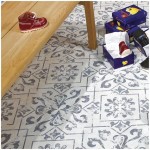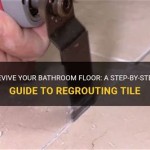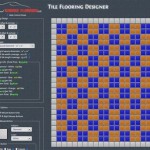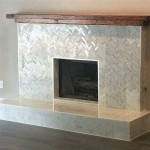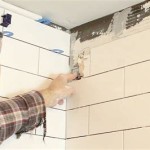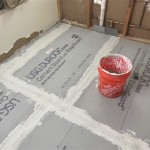Can You Use Tile Backer Board Outside of Shower Walls in Bathrooms?
Tile backer board is a commonly used material for creating a stable and waterproof surface behind tiled walls, particularly in showers. However, its versatility extends beyond shower walls, and it can be a valuable asset even in other areas of your bathroom.
Understanding Tile Backer Board
Tile backer board is a thin, cement-based board that is installed behind tiles to provide support and ensure proper adhesion. It is typically made from Portland cement and fiberglass mesh, which creates a strong and flexible surface. It is available in various thicknesses and sizes, allowing it to accommodate different tile sizes and installation methods.
Benefits of Using Tile Backer Board Outside of Shower Walls
While primarily used in wet areas like showers, tile backer board offers several advantages in other bathroom areas as well:
- Moisture Resistance: Tile backer board is highly resistant to moisture and water damage, making it ideal for areas near sinks, vanities, and toilets where spills and splashes are common.
- Stability and Support: It provides a stable and level surface for tiles, reducing the risk of cracking, loosening, or grout failure.
- Stain and Mold Resistance: Tile backer board is non-porous and resistant to stains and mold growth, ensuring a clean and hygienic environment.
- Versatility: It is compatible with various tile types, including ceramic, porcelain, and natural stone, and can be used in various bathroom areas, such as backsplashes, vanity walls, and accent walls.
- Easy Installation: Tile backer board is relatively easy to install using standard tools and materials, making it a DIY-friendly option.
Where to Use Tile Backer Board Outside of Shower Walls
Here are some practical applications for tile backer board in other bathroom areas:
- Backsplash behind sinks and vanities: Protect walls from water splashes and spills.
- Accent walls: Create a feature wall with tiles and add texture and visual interest to the bathroom.
- Vanity walls: Enhance the durability and moisture resistance of vanity walls that may be exposed to splashes or humidity.
- Around bathtubs: Provide a stable and waterproof surface for tile installations around bathtubs.
- Floor tiling: While not as common, tile backer board can be used as an underlayment for floor tiling in areas with moisture concerns.
Conclusion
Tile backer board is not only limited to shower walls but can also be a valuable material for enhancing the durability, moisture resistance, and aesthetics of other bathroom areas. By understanding its benefits and proper installation techniques, you can effectively utilize tile backer board in various applications, ensuring a beautiful, long-lasting, and functional bathroom.

Installing Cement Board In The Bathroom

How To Install Cement Board For Tile Projects Diy Family Handyman

What Is The Best Backer Board For A Shower Smart Remodeling Llc

Drywall Can Cement Board Extend Beyond The Tiled Area On Bathroom Walls Home Improvement Stack Exchange

Backerboard Drywall Transition Tile Shower Wall

The Complete Guide To Installing Tile On Shower Or Bathtub Walls
Drywall And Cement Board For The Downstairs Bathroom Blog Homeandawaywithlisa

What Is The Best Backer Board For A Shower Smart Remodeling Llc

How To Install Backer Board Around A Bathtub

Diy Bathroom Wall Tile And Tiling Guide For Beginners
Related Posts

